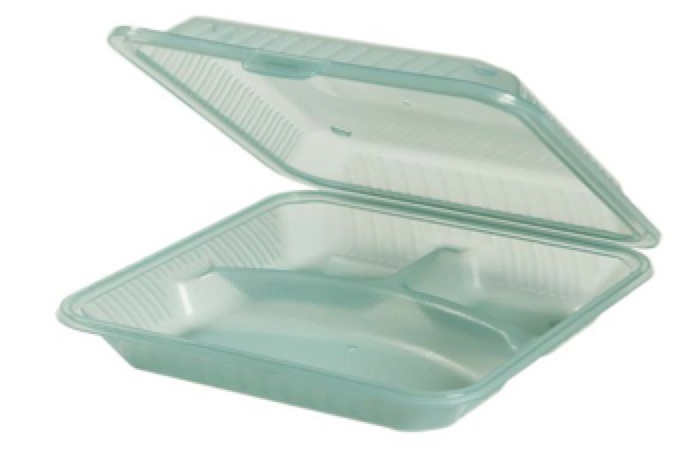An initiative to reduce the waste created by to-go containers at Vanderbilt dining halls was recently proposed by the student organization SPEAR, or Students Promoting Environmental Awareness and Responsibility. The group submitted their plan to the Vanderbilt Green Fund, which provides money for select campus sustainability ideas submitted by university students or faculty.
“I think to-go containers are a very tangible thing, and you can see the amount of to-go containers that are being thrown away,” Rachel Flores, SPEAR dining committee Vice President, said. “We can stop that from happening.”
Flores said her committee’s plan aims to provide an option for reusable to-go containers at campus dining locations through OZZI machines, a system that has already been implemented successfully at universities across the country.
Students ordering food to-go would receive it in a reusable plastic container. When finished, they would return the container into the OZZI system, which resembles a vending machine and holds the dirty containers until they are removed for washing by a dining worker. Possession of the containers would be monitored by swiping a student’s Commodore Card upon receiving and returning them, ensuring they do not hold more than the allotted number of containers at a time.
The committee hopes to implement a pilot program at The Kitchen in Kissam, especially since it currently utilizes only disposable to-go containers.
“You’ll see people using to-go containers in Rand, but especially in Kissam because it’s the only option, and they’re just sitting there right where they got it,” Flores said. “They’re not actually going anywhere, they’re just staying, but they’re still using the disposable ones.”
As the proposal is pending approval by the Green Fund, Flores looks forward to raising awareness for this and other sustainability initiatives on campus.
“If it works out, we’ll probably try and promote it a lot, just so students really get on board,” Flores said. “If a lot of people are aware of how it’s going to be done and how it works, people might actually really like it. Based on our research, other universities have gotten pretty high participation rates after trying it out.”

